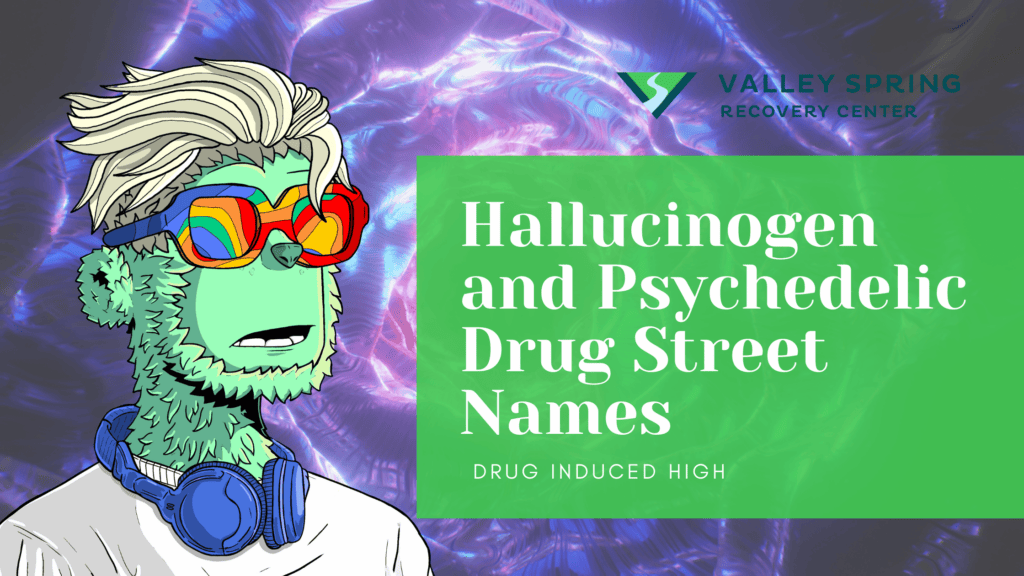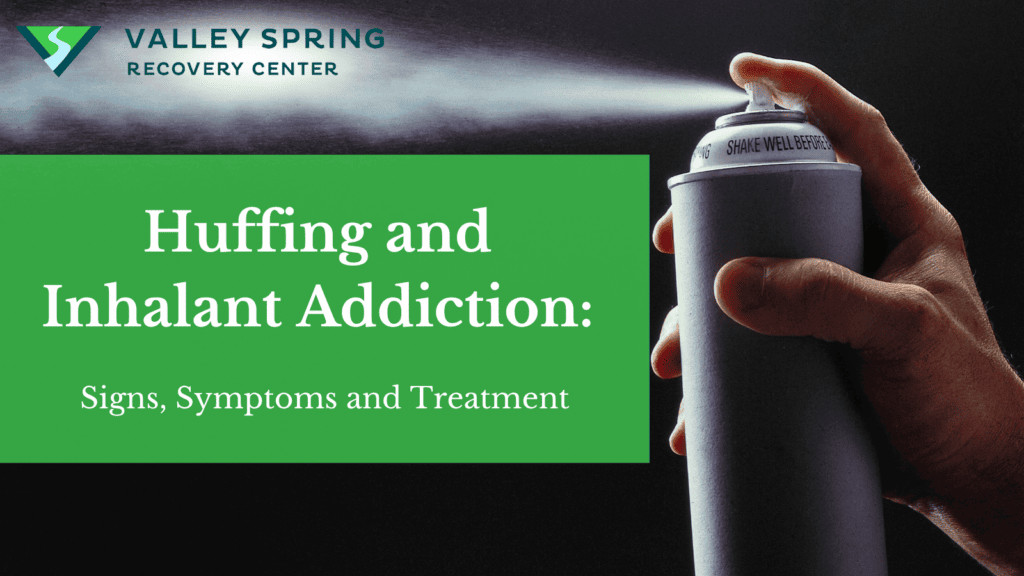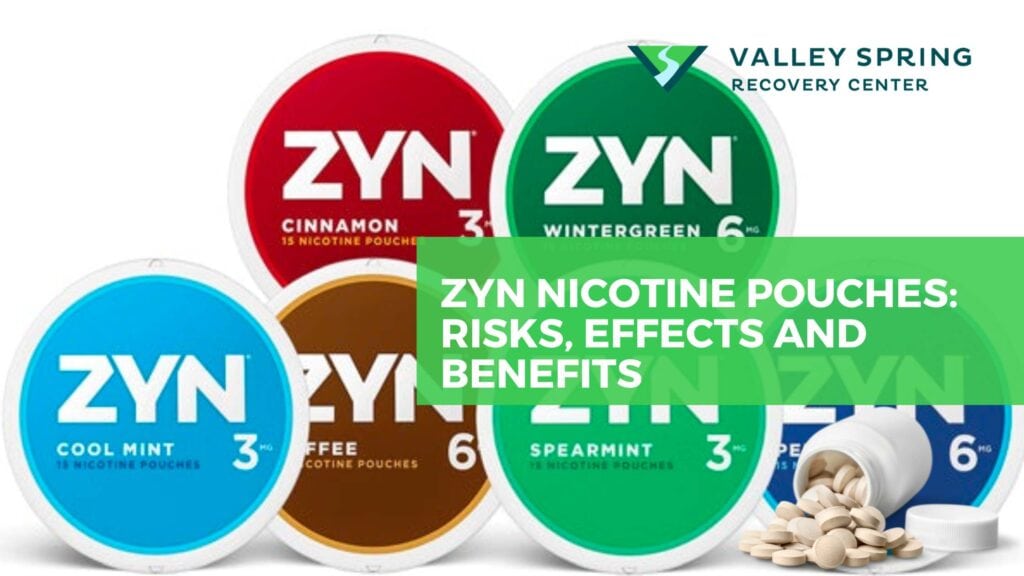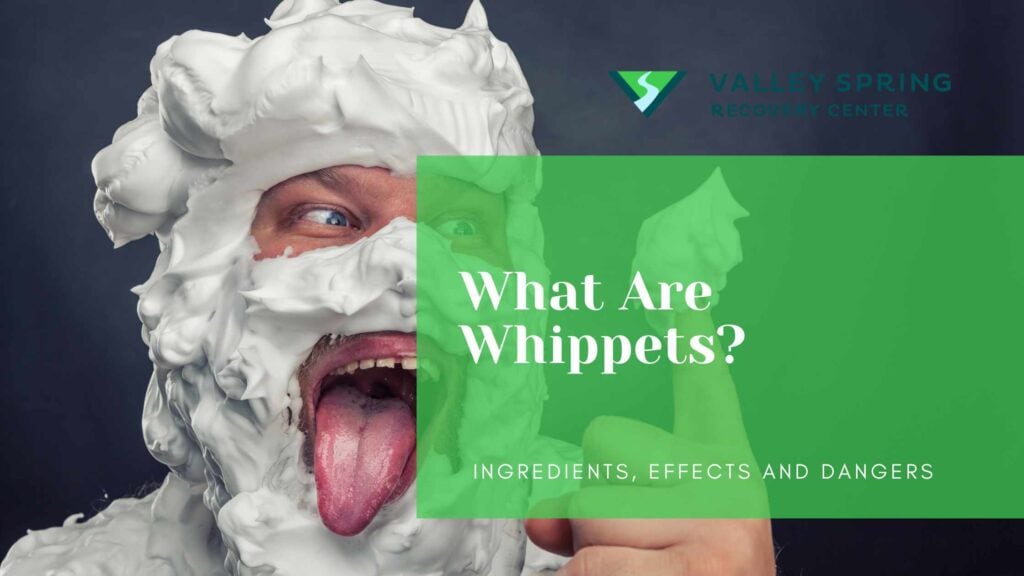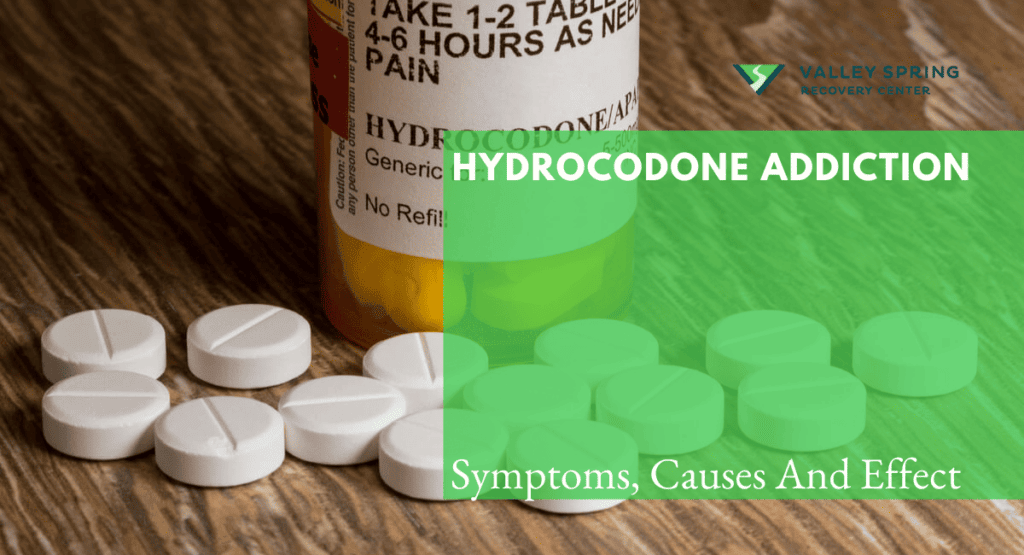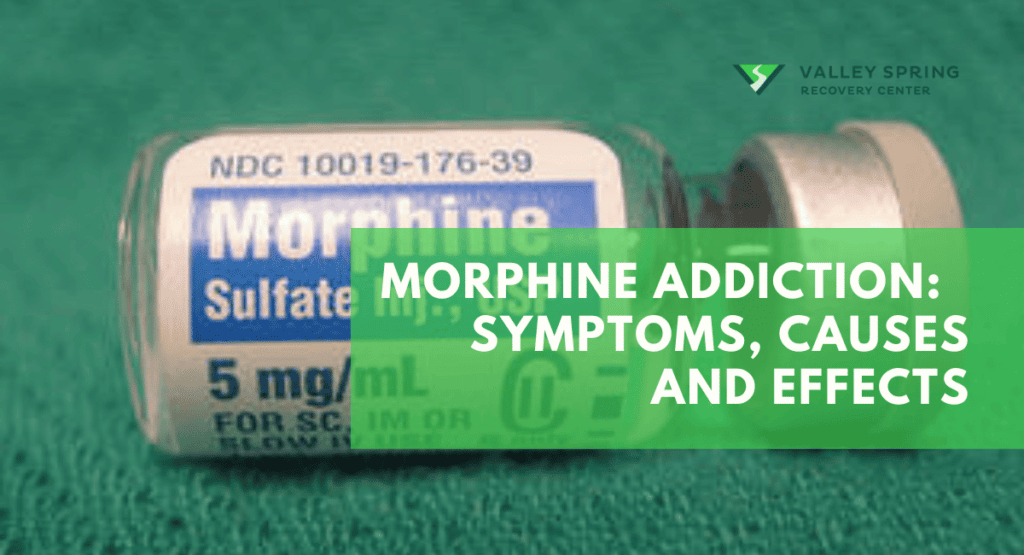Are you curious about the world of hallucinogens and the various street names associated with them? In today’s fast-paced world, it can be challenging to keep up with the ever-evolving drug landscape.
Hallucinogens are drugs that can cause altered states of consciousness and adverse effects.
Common street names for hallucinogenic substances include ‘acid’, ‘magic mushrooms’ and ‘angel dust’.
Early detection of use is essential to minimize long-term consequences, with professional help available through rehabilitation centers.
What Are Hallucinogens and Psychedelics?
Hallucinogens, frequently known as ‘psychedelic’ drugs, encompass a variety of substances each inducing altered perceptions and thoughts. Notable types include LSD, mescaline, psilocybin (magic mushrooms), PCP, cannabis, MDMA (ecstasy), ketamine, and salvia, among others, offering diverse experiences.
Hallucinogens and psychedelics represent a drug category that modifies perception, mood, and thought processes, resulting in hallucinations and altered consciousness states. Serious consequences can arise from drug abuse, particularly involving hallucinogens. The impacts of hallucinogen use may differ depending on the person, but they typically cause:
heightened senses
changed states of consciousness
visual or auditory hallucinations
euphoria or spiritual revelations
Nevertheless, hallucinogens can also bring about uneasiness and paranoia, and there is a hazard of enduring long-term mental health issues with recurrent use.
What Are Examples Of Hallucinogenic And Psychedelic Drugs?
Examples of hallucinogens include:
Some of these substances, like Ketamine, are also prescription drugs used in medical settings. It has been noted that the misuse of hallucinogens may lead to an increased likelihood of developing mental health issues, physical health issues, addiction, and serious adverse effects.
These substances are often known by various drug street names. LSD, for example, was first synthesized by a Swiss scientist in the 1930s and is known by various drug slang terms such as acid, blotter, and tabs.
Psilocybin mushrooms, commonly referred to as magic mushrooms, have been utilized by indigenous cultures since 9000 B.C. in North Africa, and are known by street names such as shrooms and boomers.
What Is LSD (Lysergic Acid Diethylamide)?

LSD, a potent synthetic hallucinogen, is recognized for its intense and unpredictable impacts on cognition and perception. It is commonly reported that the experience of taking LSD, a dissociative drug, is often referred to as a “trip,” during which users may perceive colorful patterns and geometric shapes, auditory hallucinations, and a sense of euphoria. LSD, or lysergic acid diethylamide, was first synthesized by a Swiss scientist in the 1930s and is a hallucinogenic drug. It is classified as a Schedule I controlled substance by the Drug Enforcement Administration (DEA) in the United States.
Reportedly, around 10% of adults have tried LSD at some point in their lives. Furthermore, 3.6% of high schoolers reportedly took acid (LSD) last year, highlighting the importance of educating young people about the risks associated with using hallucinogens and other substances, including prescription medications, without proper medical supervision.
What Are The Common Street Names for LSD?
Common street names for drugs, specifically LSD, include:
Acid
Blotter
Tabs
Cubes
Dots
Microdots
Lucy
Doses
While LSD is not typically associated with being a date rape drug, it is important to be aware of the various street names for different substances to ensure safety and awareness.
The origin of LSD street names such as ‘acid’, ‘blotter’, and ‘tabs’ is derived from the drug’s chemical name, Lysergic Acid Diethylamide (LSD).
‘Acid’ is a colloquial term for LSD
‘Blotter’ denotes the drug being distributed on perforated blotter paper
‘Tabs’ is a term utilized to describe the small squares of blotter paper that contain a single dose of LSD.
What Are Psilocybin Mushrooms?
Psilocybin mushrooms, a variety of hallucinogenic fungi, can provoke vivid hallucinations and altered perceptions in users. Our hominin ancestors are believed to have encountered and ingested psychedelic mushrooms throughout their evolutionary history. Notably, the city of Huautla de Jiménez in the Sierra Mazateca, Oaxaca has a long-standing tradition of psilocybin mushroom use.
Psilocybin is an indole-based secondary metabolite produced by several species of mushrooms. The Mazatecs, Mixes, Nahuatls, Zapotecs, and other indigenous groups have traditionally used psilocybin mushrooms for spiritual and healing purposes. In recent years, the use of psilocybin mushrooms has become more widespread due to increased media attention and research on their potential benefits.
Research has indicated that psilocybin may be beneficial in decreasing anxiety, depression, and addiction. However, it is possible that individuals using psilocybin mushrooms recreationally may experience adverse effects such as bad trips characterized by anxiety, paranoia, and delusions.
What Are The Street Names for Psilocybin Mushrooms?
The most regularly employed street names for psilocybin mushrooms worldwide include:
magic mushrooms
shrooms
mushies
Shroomies
Caps
Boomers
It is important to note that these street names may change and evolve over time, thus potentially introducing additional names in certain areas.
Psilocybin mushrooms are referred to as magic mushrooms or shrooms due to the presence of the chemical compounds psilocybin or psilocin, which have hallucinogenic properties.
What Is DMT (Dimethyltryptamine)?

DMT, a potent hallucinogenic substance, naturally occurs in specific plants and animals. Research has demonstrated that DMT, or dimethyltryptamine, is a powerful psychedelic substance that can lead to:
Hallucinations
Changes in perception
Altered sense of time and space
Intense emotions and spiritual experiences
It has been identified to impact cortical activity in the brain, resulting in experiences akin to visual perception.
Studies have revealed that DMT can have remarkable effects on conscious experience and top-level brain functions. DMT is generally consumed or utilized recreationally through inhalation. It can be smoked in its crystalline form or vaporized utilizing a vaporizer. DMT is illegal in most countries and is classified as a Schedule I drug by the United Nations (UN) 1971 Convention on Psychotropic Substances.
However, the legal status of ayahuasca, which contains DMT, varies by country. Some countries, such as Costa Rica and Brazil, have less stringent regulations regarding ayahuasca. It is imperative to investigate the particular laws and regulations of each country prior to using or possessing DMT or ayahuasca.
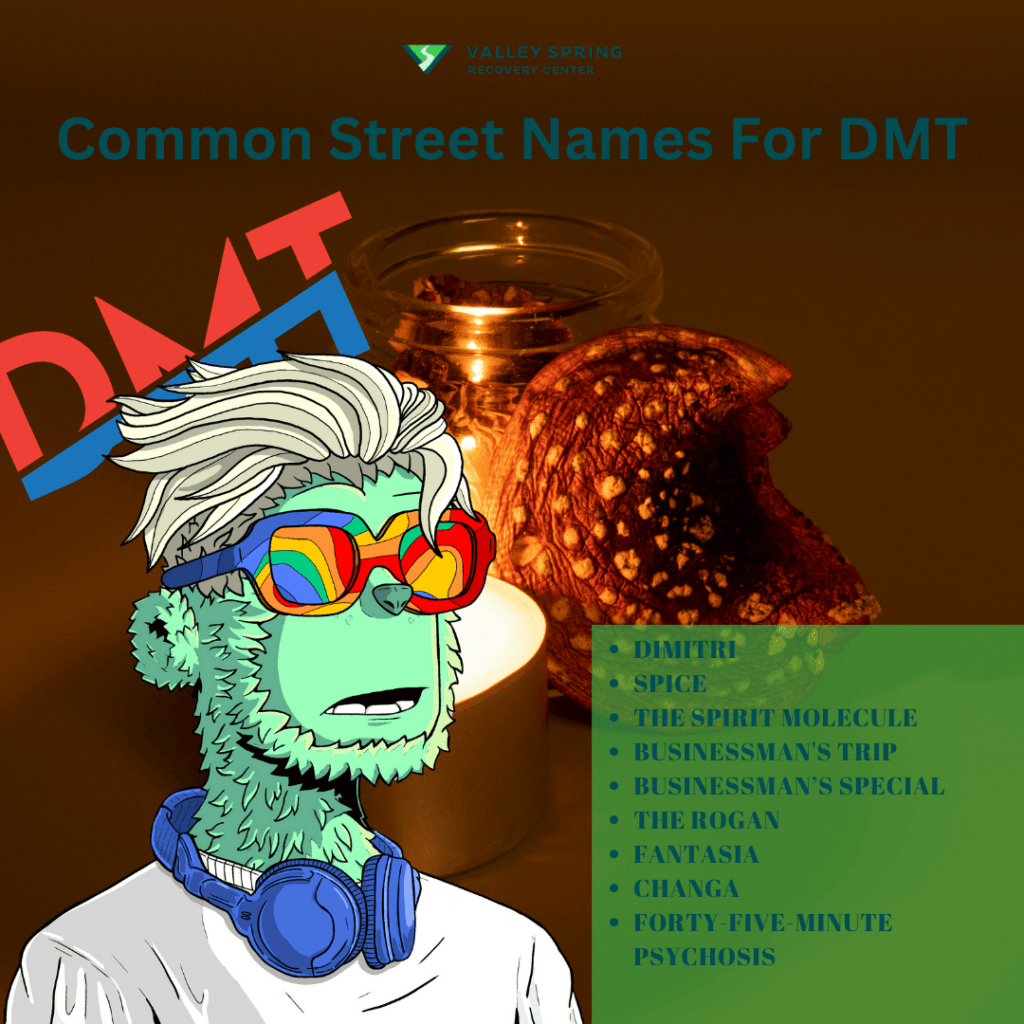
What Are The Street Names for DMT?
Common names for DMT include:
- Dimitri
- Spice
- The spirit molecule
- Businessman’s trip
- Businessman’s special
- The Rogan
- Fantasia
- Changa
- Forty-five-minute psychosis
The street name ‘Dimitri’ is synonymous with DMT. The origin of the street name ‘spice’ for DMT is not apparent. There is no discernible connection between the street name ‘spice’ and DMT.
Changa is a slang term for DMT, which specifically refers to a blend of the drug with a monoamine oxidase inhibitor (MAOI) in order to extend the DMT experience.
What Is Mescaline?
Derived from the peyote cactus, mescaline is a psychedelic substance. Mescaline has the potential to dramatically change one’s consciousness. It can lead to hallucinations and altered perceptions of reality. The consequences of the substance are contingent upon the dose and can persist for up to 12 hours.
Mescaline has a long history of use in traditional and religious contexts. It is derived from San Pedro cacti and has been utilized in traditional healing rituals and religious ceremonies.
What Are The Street Names for Mescaline?
Mescaline is known by a variety of names, including Buttons, Cactus, Mesc, and Peyote.
Mescaline is commonly referred to as buttons, cactus, mesc, and peyote. Frequent appellations for Mescaline include Buttons, Cactus, Mesc, and Peyote.
What Is Salvia Divinorum?
Salvia divinorum is a hallucinogenic substance derived from plants. It is native to the Sierra Mazateca in the state of Oaxaca in Mexico. The principal active compound present in Salvia Divinorum is Salvinorin A.
It is customary to use Salvia Divinorum for treatments of illnesses, particularly for inflammatory conditions and pain. Additionally, it has been employed in religious ceremonies to provoke particular experiences.
What Are The Street Names for Salvia Divinorum?
Salvia Divinorum is often known by names like:
diviner’s sage
magic mint
Sally D
Maria Pastora
Purple Sticky
The street name Sally-D, along with other names such as Maria Pastora and Salvia, has been adopted as a slang or code word for Salvia Divinorum.
The origin of street name ‘magic mint’ for Salvia Divinorum originates from its mint-like appearance and the magical or hallucinogenic effects it produces. Salvia Divinorum is referred to as ‘diviner’s sage’ due to its traditional usage in spiritual and shamanic ceremonies by diviners and shamans, which is attributed to its hallucinogenic properties.
What is PCP (Phencyclidine)?
PCP, a potent dissociative anesthetic, is known for its psychotropic effects such as hallucinations, paranoia, and aggression. PCP was initially developed in 1956 by Parke Davis Laboratories as an anesthetic medication but was discontinued for human use in 1965. PCP abuse began in the 1960s in San Francisco and recreational use reached its peak in the 1970s.
The chemical structure of PCP is C17H25N. PCP can be consumed through various means, such as:
smoking
dissolving
snorting
injection
It is essential to note that PCP is an illicit street drug with hazardous consequences and should not be utilized.
What Are The Street Names for PCP?
Angel dust, hog, and embalming fluid are common street names for PCP. The street name ‘angel dust’ for PCP is derived from its formal name, phencyclidine or phenylcyclohexyl piperidine (PCP). PCP is referred to as “hog” on the streets due to it being primarily utilized by veterinarians as an animal tranquilizer.
Other less commonly known street names for PCP include Crystal, Embalming Fluid, Hog, Killer Joints, Ozone, and Rocket Fuel. In comparison, cocaine street names and crystal meth are also diverse but not discussed in this text.
What is Ketamine?
Ketamine, a dissociative anesthetic used for medicinal and recreational purposes, is known to cause hallucinogenic effects and out-of-body experiences. Ketamine was first synthesized in 1962 and was subsequently introduced into clinical practice during the 1960s. It was initially employed as a veterinary anesthetic and was later approved for human use in the United States in 1970. Since then, it has been utilized both clinically and scientifically.
Ketamine is employed for various purposes, including:
Inducing unconsciousness and alleviating pain as an anesthetic
Short-term sedation and anesthesia
Pain management
Palliative care
Intensive care
Procedural sedation
What Are The Street Names for Ketamine?
Ketamine, sometimes referred to as a forget me pill, is commonly known by street names like Special K, K, cat tranquilizer, and cat valium.
While Ketamine is not typically associated with being a date rape drug, it is important to be aware of the various street names for different substances to ensure safety and awareness.
What Is A Synthetic Hallucinogen?
Synthetic hallucinogens, man-made substances designed to mimic the effects of natural hallucinogens, typically demonstrate more potent and dangerous effects. The first synthetic hallucinogen, Lysergic Acid Diethylamide (LSD), was accidentally synthesized by Albert Hofmann in the 1930s. Nonetheless, the use of naturally occurring substances such as peyote, psilocybin, and mescaline in cultural and religious contexts dates back further, as psychedelic plants and fungi have been utilized in indigenous medicinal traditions for millennia.
LSD (Lysergic acid diethylamide), synthetic cannabinoids (also known as synthetic marijuana or Spice), and other man-made alternatives to drugs like LSD are the various types of synthetic hallucinogens available.
What Are The Street Names for Synthetic Hallucinogens?
Synthetic hallucinogens go by names such as Spice, K2, and bath salts. Some street names for Synthetic Cathinones, also referred to as ‘bath salts,’ include Bloom, Cloud Nine, Vanilla Sky, White Lightning, Scarface, and Hurricane Charlie.
Colloquial names for Phenethylamines include N-bomb, Smiles, 25I, 25C, 25B, and ecstasy.
What Are The Dangers of Hallucinogen Abuse?
Hallucinogen abuse brings dangers such as addiction, mental health problems, physical harm, and risky behaviors. The abuse of hallucinogens may result in potential physical dangers, including increased heart rate and blood pressure, respiratory issues, accidental injuries, overdose, and flashbacks.
Hallucinogen abuse may result in anxiety, paranoia, depression, and other mental health issues. Prolonged use may even cause persistent psychosis and other cognitive impairments.
The abuse of hallucinogens, a form of drug use, may result in risky behaviors, such as driving while impaired, engaging in unprotected sexual activity, and participating in criminal activities.
what are the positives of psychedelics?
Hallucinogens have been studied for their potential therapeutic benefits, particularly in the realms of mental health and addiction treatment. Some potential positives include:
- Enhanced Self-Reflection: Hallucinogens like psilocybin can facilitate a deep form of self-reflection that may help users confront and resolve emotional issues.
- Treatment for PTSD: Some hallucinogens, like MDMA, are being studied for their efficacy in treating post-traumatic stress disorder (PTSD).
- Addiction Treatment: Certain hallucinogens have been used in experimental treatments for substance abuse disorders.
- Depression and Anxiety: Some studies suggest that hallucinogens can offer relief from depression and anxiety, often where other treatments have failed.
Notable Advocates:
- Timothy Leary: A psychologist who advocated for the use of psychedelics as a form of therapeutic treatment.
- Michael Pollan: Author of “How to Change Your Mind,” a book exploring the medical and scientific uses of psychedelics.
- Rick Doblin: Founder of the Multidisciplinary Association for Psychedelic Studies (MAPS), which conducts research on the therapeutic uses of psychedelics.
- Paul Stamets: A mycologist and author who believes in the healing power of psilocybin mushrooms.
While there is growing interest in the therapeutic potential of hallucinogens, it’s important to note that these substances are still largely illegal in many jurisdictions and should only be used under medical supervision for approved treatments.
How Can You Get Help For Hallucinogen Abuse?
Professional treatment, support groups, and therapy can provide help for hallucinogen abuse. It is advised that those who believe they or a loved one may be struggling with problematic substance use should contact a treatment provider to take the next step. Various renowned rehabilitation centers for hallucinogen abuse treatment exist, including Bayview Recovery Center, Luxury Rehabs, and Mirror Lake Recovery.
Cognitive-behavioral therapy, dialectical behavior therapy, and motivational interviewing are therapies that can be utilized for hallucinogen abuse.
Recognizing Hallucinogen Use and Seeking Help
Early detection of hallucinogen use during the experimentation phase of addiction and seeking help can ward off long-term consequences and foster recovery. The physical indications of hallucinogen use may include dilated pupils, elevated heart rate and blood pressure, perspiration, tremors, and impaired coordination. The behavioral indicators of hallucinogen use may include distorted perception of reality, altered thought processes, fluctuations in mood, changes in behavior, and hallucinations.
If you or someone you know is dealing with mental health issues tied to hallucinogen use, seeking professional help is crucial.
What are some common hallucinogenic substances and their street names?
Hallucinogenic substances commonly used include LSD, referred to as acid, psilocybin mushrooms referred to as shrooms, DMT, also known as Dimitri, mescaline, or cactus, and ketamine referred to as Special K.
What are the dangers of hallucinogen abuse?
Hallucinogen abuse can have serious consequences, including addiction, mental health issues, physical harm, and risky behaviors.
How can I recognize hallucinogen use in someone?
Look out for physical signs like dilated pupils, increased heart rate, and impaired coordination, as well as behavioral changes including distorted perceptions, mood fluctuations, and hallucinations; these are all indicators of hallucinogen use.
How can someone get help for hallucinogen abuse?
Professional treatment, support groups, and therapy are effective options to get help for hallucinogen abuse.
Are synthetic hallucinogens more dangerous than naturally occurring ones?
Synthetic hallucinogens are more dangerous than their naturally occurring counterparts due to their increased potency and hazardous effects.
Kristy Ashe
All author postsShare This Post

